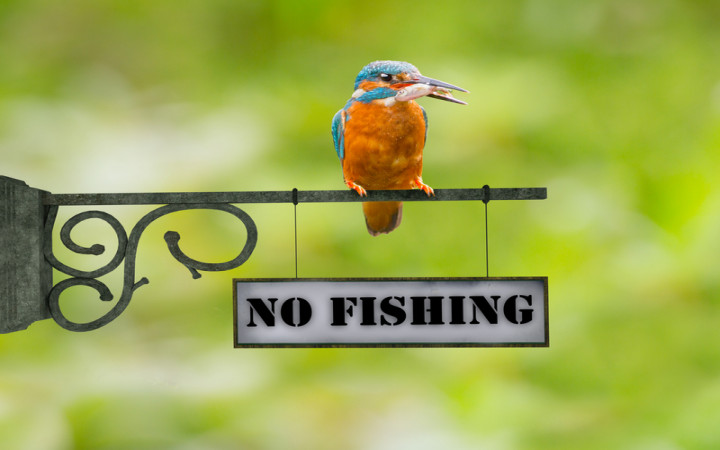Today’s Wonder of the Day was inspired by CHRISTIE from Maynard. CHRISTIE Wonders, “Are all bird beaks the same?” Thanks for WONDERing with us, CHRISTIE!
If someone tells you to picture a bird, what do you see? Do you picture a large, majestic bald eagle or maybe a tall, pink flamingo? Maybe you see a backyard bird like a red-breasted robin or a raven. There are over 10,000 species of birds, so each person reading this Wonder could have pictured a different bird. On Earth, birds live on all seven continents.
How can you tell if an animal is a bird? Birds, and only birds, have feathers! They also have wings, but not all birds can fly. Penguins, ostriches, and emus have wings but never take flight.
Additionally, birds have a beak or bill. It has two parts: the upper beak and the lower beak. The upper beak grows out of a bird’s skull and does not move. The lower beak is hinged and moves up and down. This allows birds to open and close their beaks like humans open and close their mouths.
A hard material called keratin covers the beak. Other animals have keratin in their nails or hooves. The keratin makes the beak hard and sturdy. That’s important because birds use their beaks like a tool.
Birds do many jobs with their beaks. They run their beak over their feathers to comb them. This is called preening. Some birds use their beaks to build nests out of twigs or grass. Since many birds have hard, sharp beaks, they also use them to defend themselves or their babies from enemies.
But the most important function of a bird’s beak is to get food! Birds swallow their food whole. They use their beaks to break apart and pick up food. Beaks come in different shapes and sizes. The shape can tell you about the bird’s diet.
Some birds, like cardinals and finches, are seed eaters. They have little, cone-shaped beaks. They use them for cracking the shells of nuts open. Then they can also peck with their beak to pick up small seeds.
Hummingbirds have long, thin beaks. They use them to sip nectar from flowers. The shape allows them to slip their tongue inside the flower to lap up the nectar. Hummingbirds also use their beaks to catch and crush insects.
Parrots and macaws have sharp, hooked beaks. They use them to eat fruit and nuts. The hook can be used to split the peel on fruit. Then the bird can tear off pieces of fruit from the inside. The beak can also be used to crack and smash nuts.
Some birds that live near water eat fish and frogs. Herons and egrets have long, wide pointed beaks. They use them to catch their meals in shallow water. Since they don’t have teeth, they swallow their prey whole.
Raptors, like eagles, falcons, and owls, eat larger animals. They have strong, hooked beaks. They use them to cut open the fur or skin of their prey. Their strong beaks help them tear the meat from animals into small chunks.
Different types of beaks are an adaptation. Birds have changed so they can eat the food that is available where they live. Birds have adapted in other ways as well.
Are you wondering about other types of bird and animal adaptations? What other ways have birds adapted to live in their environments? Which other animals have adapted so they can hunt and eat food?
Standards: CRA.R.1, CCRA.R.2, CCRA.R.10, CCRA.L.3, CCRA.L.4, CCRA.L.5, CCRA.L.6, CCRA.W.6, CCRA.W.7, LS4.1, LS4.2, NCAS.CR.1, SMP.2




